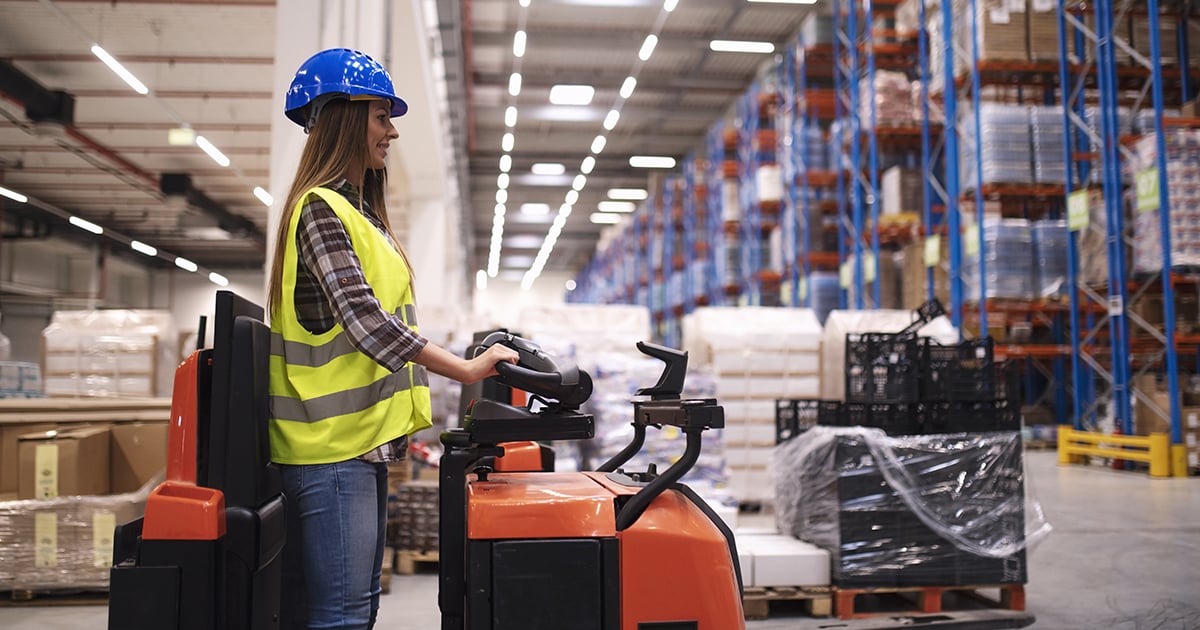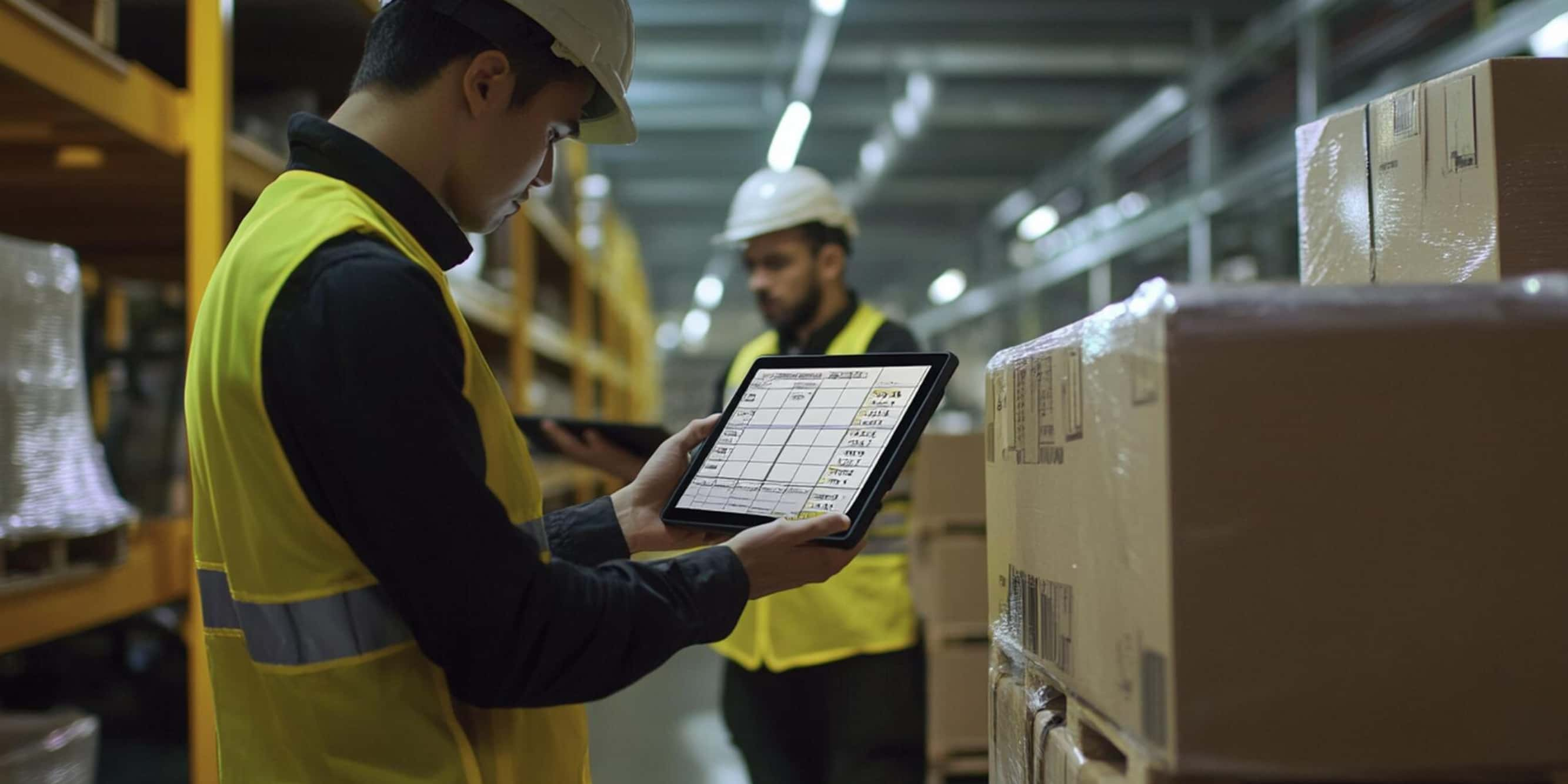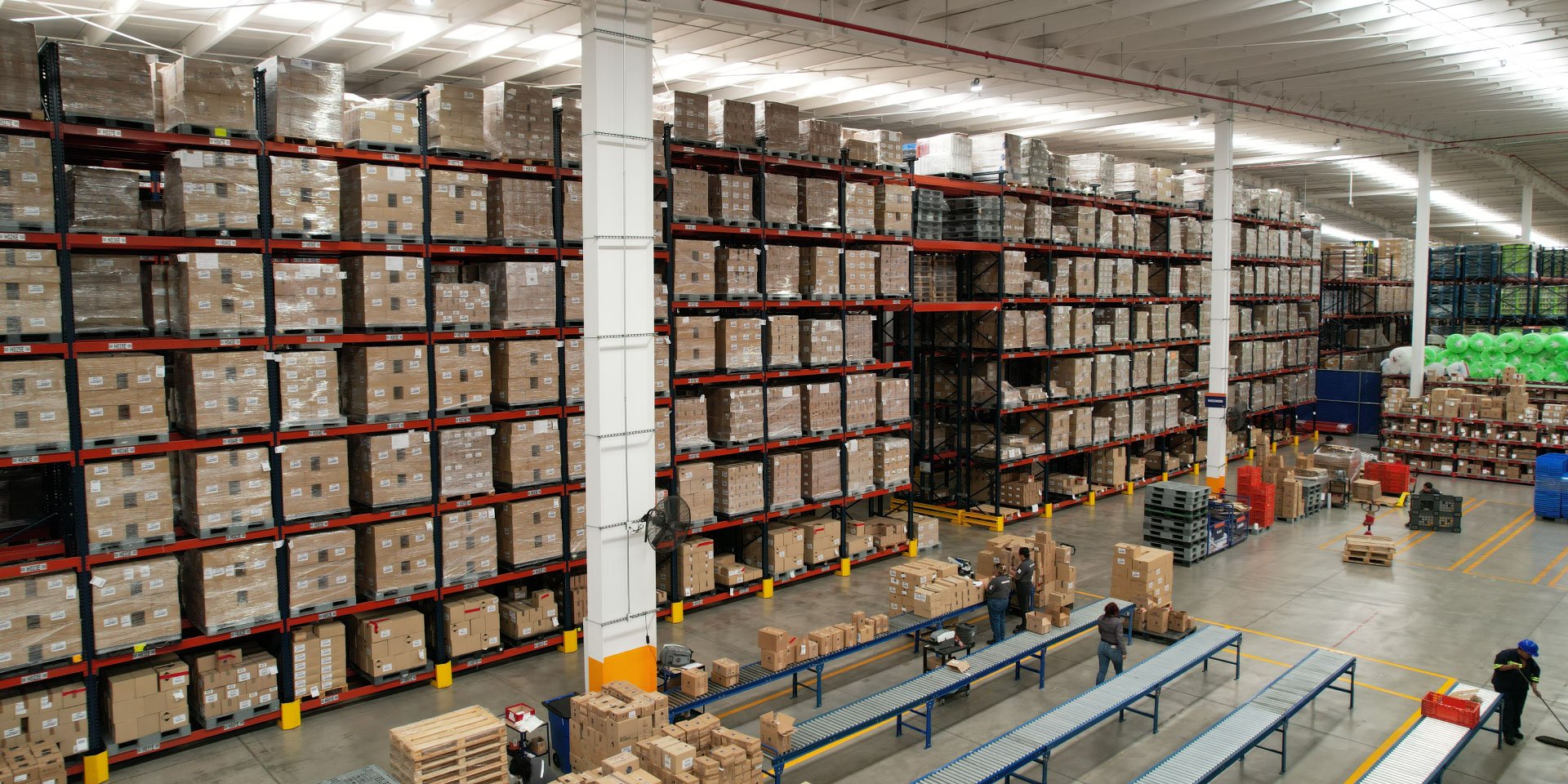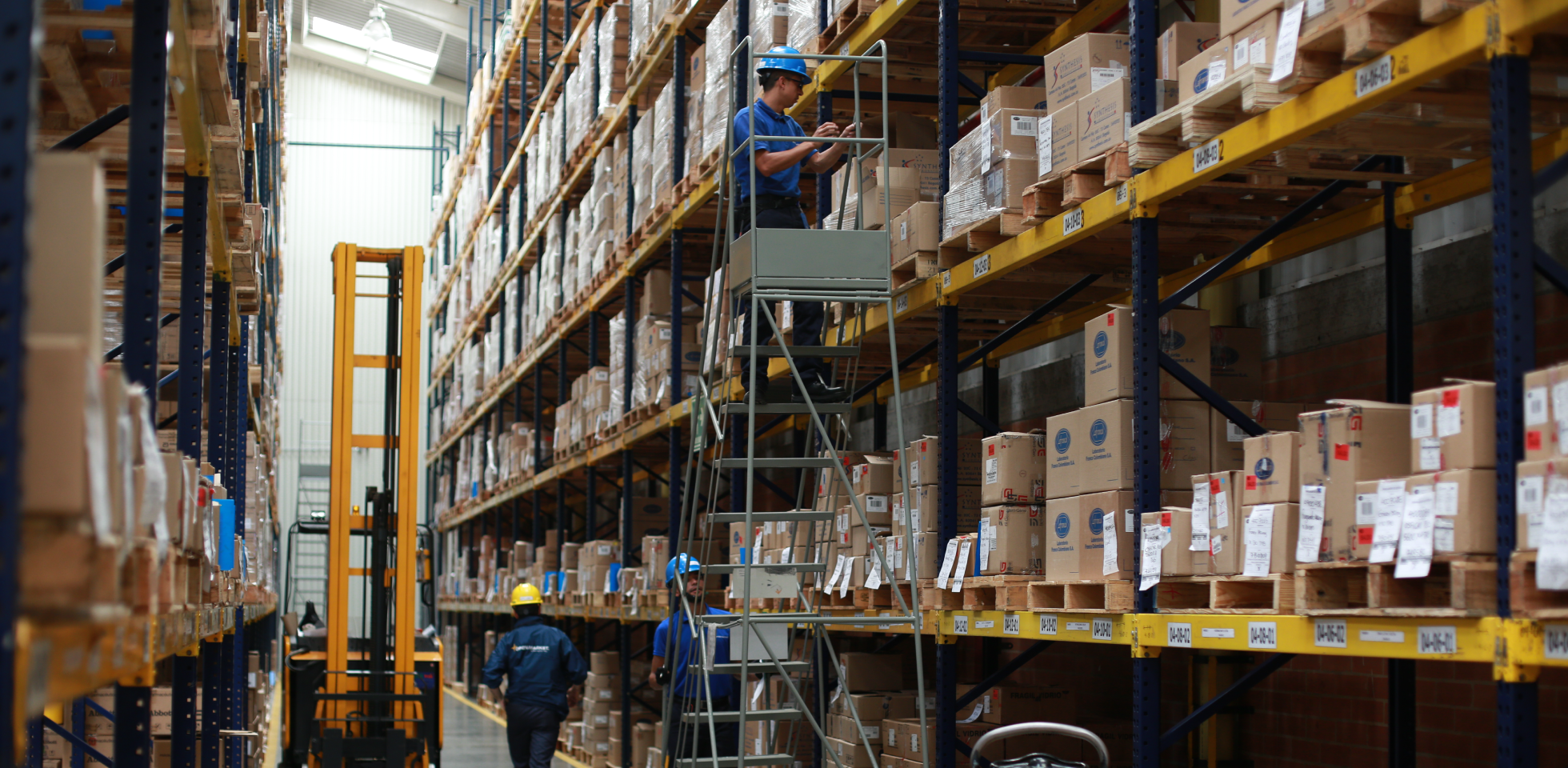A distribution center is an infrastructure that protects goods; therefore, the safety we implement for it should be adequate to maintain the productivity and quality of operations.
The risks inherent to the activities we carry out at distribution centers force us to develop protection activities because an incident may result in both immediate —related to health and wellness, intermediate, and long term consequences —relating to productivity and efficiency.
The risk focal points are determined by the characteristics of the warehouse, products, handling methods, shelves, transportation equipment and their interactions, cleanliness, order, added-value processes and, most of all, human factor (neglecting safety measures).
To achieve a safe space, we must establish risk management strategies and prevention policies in place, as well as carry out frequent audits to detect deviations. Next, we show some activities we can carry out to maintain good safety levels at the distribution center:
Personal Protection Equipment:
- Wearing adequate footwear (steel toe boots with anti-slip soles).
- Wearing ear protection.
- Wearing safety goggles in cutting areas.
- Wearing protective gloves to handle certain materials.
- Make wearing safety harness mandatory whenever workers are carrying out activities at heights.
Signage:
- Mark the different areas of the operation, such as safety areas, routes, evacuation doors, machinery rooms, and bathrooms.
- Using barricades, boundaries, and signs.
Warehousing Processes:
- The cargo units being kept at heights should be covered in reflective materials and film.
- Pallets should be leaning on rungs.
- Clearances should be respected when placing cargo units at the locations.
- Wheelbarrows should never be placed under stored materials.
- The maximum load weight of shelves should always be respected.
- Avoid working at heights by raising workers on wooden pallets.
- Carry out manual picking procedures for products at ground level.
- Electric stackers or forklifts should lower pallets as needed.
Forklifts:
- Keep sirens, horns, and light turrets in perfect working order.
- Avoid using it to move materials exceeding its load capacity.
- Avoid using it to transport people.
- Should only be operated by qualified personnel with the necessary physical and psychological requirements. Operators should not have a background of heart diseases or epilepsy nor have a propensity for fainting and dizziness.
Maintenance:
- Carry out control tasks, maintenance, and the replacement of damaged elements. These activities should be planned in advance.
Staff Training:
- Implement safety and hygiene policies
- Previous training on the characteristics, limitations, and use of equipment and tools.
- Know how to proceed in the event of damages.
- Create a culture of self-care.
Other Safety Issues:
- It is recommended to install smoke detectors, fire alarms and systems. Emergency lighting, first-aid kits, heart defibrillators, video cameras, access control systems (scanners, turnstiles, and wicket gates), control of authorized vehicles, perimeter devices, emergency exits with anti-panic devices, among others.
Asset Protection
There are two main risks that might take place at the distribution centers relating to the protection of goods: pilferage and invasion. To avoid these and to be prepared if they ever happen, the company must coordinate with the industrial park’s administration, the authorities, and its sector’s organizations.
In addition, we must take internal fraud into consideration; this is the fraud coming from leaking information. To deal with this issue, we must implement prevention, control, and detection methods.
Safety and Regulations
Health and safety at work are regulated by the country’s Constitution, the federal Public Administration Law, the Federal Labor Law, the Federal Metrics and Standards Law, the Federal Health and Safety at Work Regulations, and by the official norms published by the Ministry of Labor and Social Welfare, which set the minimum necessary conditions to be met to prevent work risks. There are 41 official regulations divided in five categories: safety, health, organization, specific and product related.
The company’s safety criteria should include the compliance to these legal regulations and the design of strategies that aim to preserve the most important resource to every operation: workers.
Solistica analyzes the risks and special features of our clients’ distribution centers to be able to give them the best advice regarding safety. In addition, we apply all the federal regulations and standards to guarantee the wellbeing of every worker.






